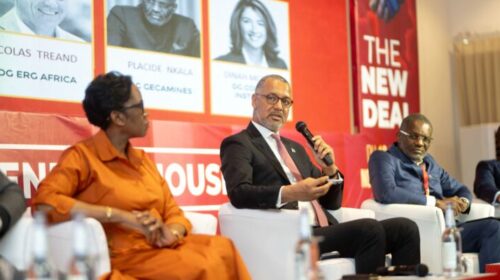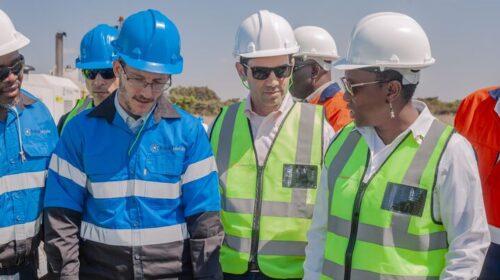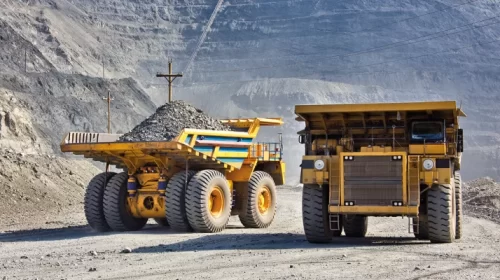Satellites Uncover Mining Emissions in Africa’s Copperbelt
Emissions from mining operations in Africa’s Copperbelt, particularly for copper and cobalt, can now be quantified from space, according to a groundbreaking study led by the National Center for Atmospheric Research (NCAR).
The research reveals the environmental impact of the mining boom on air quality in neighboring towns and villages and offers the potential for remote monitoring of mining activities in a region where surface monitoring is limited.
Mining for copper and cobalt in Africa has seen rapid growth, largely driven by the increasing global demand for electric vehicles, smartphones, laptops, and other devices that rely on lithium-ion batteries, the majority of which contain cobalt.
Published in the journal “Geophysical Research Letters,” the study demonstrates that satellite monitoring can offer valuable insights into the consequences of the mining industry on air quality.
It also opens the door to the possibility of remotely tracking changes in mining activities, especially in regions with limited surface monitoring and inconsistent reporting by mine operators.
Pieternel Levelt, director of NCAR’s Atmospheric Chemistry Observations and Modeling Lab and senior author of the study, highlights the significant impact of mining operations on the quality of life for nearby communities.
The research not only aids in understanding the severity and scope of these impacts in areas like the Copperbelt but also provides a tool for estimating the growth of mining activities in remote regions.
The research was funded by the U.S. National Science Foundation and the Royal Netherlands Meteorological Institute (KNMI). The collaborative effort includes researchers from various institutions, including the Technical University of Delft in the Netherlands, the Royal Belgium Institute for Space Astronomy, the Cooperative Institute for Research in Environmental Sciences (CIRES) at the University of Colorado Boulder, and the National Oceanic and Atmospheric Administration (NOAA), among others.
The Copperbelt region, spanning Zambia and the Democratic Republic of Congo, is a global hub for cobalt production, accounting for 73% of the world’s supply in 2022. Cobalt production in the Copperbelt surged by approximately 600% between 1990 and 2021.
The study used data from the TROPOspheric Monitoring Instrument (TROPOMI) aboard the European Space Agency’s Copernicus Sentinel-5 Precursor satellite (S-5P) to quantify emissions. The satellite can monitor key trace gases, including nitrogen dioxide, which is a significant contributor to air pollution.
The research found that nitrogen dioxide emissions from copper and cobalt mines could be distinguished in the satellite data and that these emissions were strongly correlated with annual metal production. This data has been crucial in understanding the impact on local air quality.
Sara Martínez-Alonso, the lead author of the study and an NCAR scientist, emphasizes the importance of understanding these emissions, particularly in regions where mining activities are in close proximity to populated areas.
She highlights the significance of satellite observations in quantifying emissions from individual mines and providing a broader perspective on the issue.
Although the S-5P satellite provides valuable insights, a geostationary satellite positioned over the continent could offer more detailed and frequent observations. Presently, no geostationary satellites cover Africa or the global South.
Pieternel Levelt suggests that a geostationary satellite over Africa could enhance air quality forecasts and provide real-time insights into pollution levels and sources, benefiting local regulatory agencies and populations at increased risk.
SOURCE:mining.com
![]()





